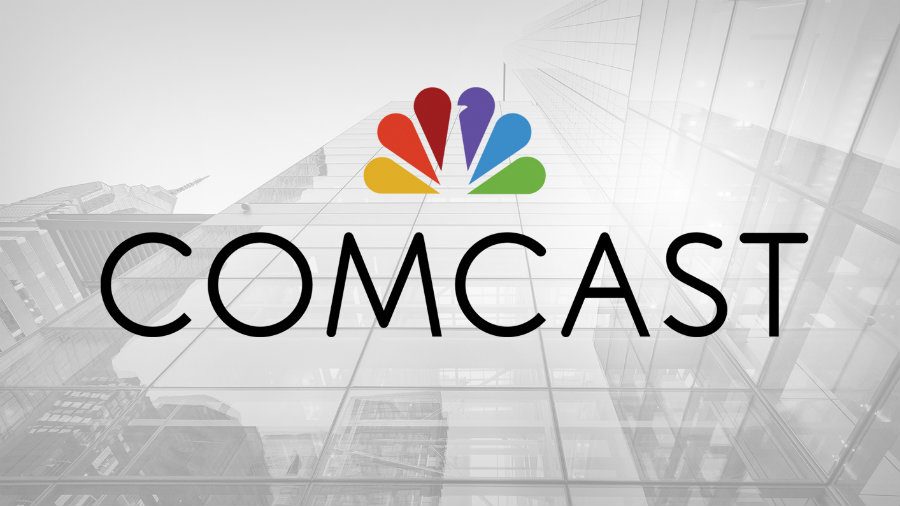Comcast CEO, Brian Roberts recently announced the company’s plan to become a major competitor for U.S. carriers in 2017. Comcast intends to implement a hybrid technology that mixes WiFi signal with wireless cellphone signal next year in an alliance with Verizon.
This technology should be up and running midway 2017 for the 28 million customers that Comcast has at the moment. Currently, there has been no mention of the final price this service will mean for current users. Nonetheless, Roberts suggested the price should be very competitive in the current market.
This is not the first time this mixture of services are offered in the U.S., as Cablevision attempted a similar plan in 2015. However, Cablevision’s plan had terrible results as many customers reported very high prices and no incentives to make them prefer this new system.


What does this mean for users?
Carriers such as AT&T and Verizon have reported the accelerating increase in demand for data service, and this has caused users to pay one of the highest prices in the world for carrier service.
In 2015 the U.S. increased the cost of cellphone’s data service to double the amount spent in the United Kingdom (with an average price of $30 for the more expensive plan) and surpassed Japan (with an average of $45 for theirs).


Verizon believes that joining with Comcast to lower the density of data usage utilized to transfer data and calls would allow them to lower prices. It will also allow Verizon to deliver a better experience for users using data services regarding navigation speed and stability.
In a recent study done by the Verizon, researchers noted that cellphone users prefer to stay in WiFi areas to have a stable connection instead of relying on data service when they are indoors. If they could potentially change not only data service but regular phone calls and text services using the routers, this could prove to diminish the overuse of the network by almost 40 percent.
Many tech experts on the media agree this is an interesting strategy, but ultimately risky for Comcast as it requires an enormous financial muscle to star the necessary adjustments. The technology behind this new service is expensive and should take some time to be fully operational in the U.S., but similar experiences have proven successful in Europe recently.
Also, smartphones need to be adapted to operate under this new scheme of mixed signals, and this could also take time. Experts agree that the big companies need to receive enough evidence to redesign future models to adapt the smart use of this new technology. This new adaptation could potentially lead to more expensive cellphones in the future.
Source: Bloomberg

